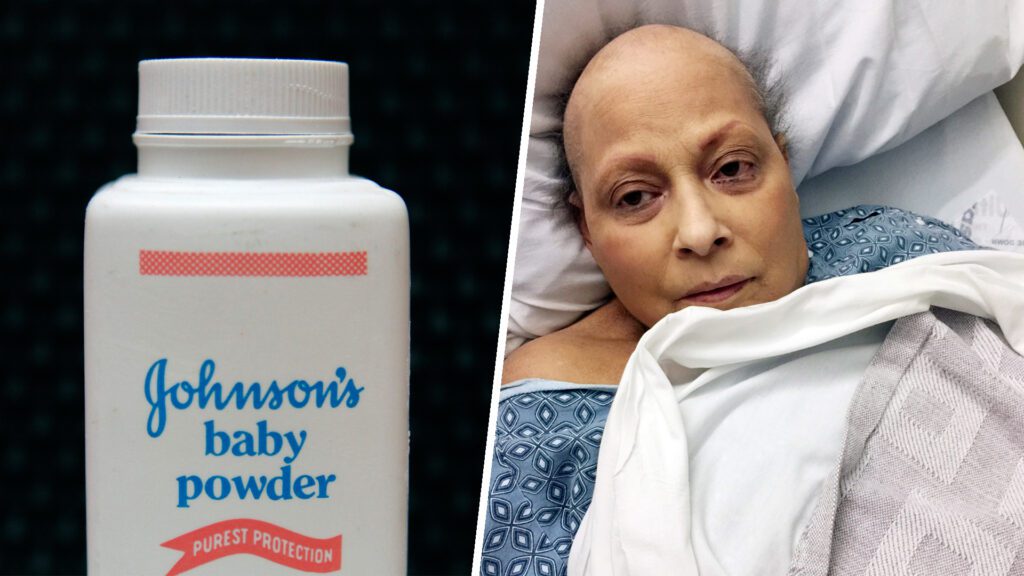Makeup talcum powder and asbestos




Throw That Makeup Away!
… If It Contains Talc, That’s Your Best Option To Avoid Poisoning
Regular readers of this space know that we’re famous for taking a very serious topic – asbestos contamination and the severe risks of incurable cancer associated with asbestos poisoning – and applying a light-hearted approach when urging folks to get their property tested and, if necessary, abated.
But there’s nothing remotely funny about cancer.
Especially if it can sneak up on you when you least expect it.
Following some well-publicized and successful lawsuits, the public has largely become informed about the dangers of talcum powder products, such as Johnson & Johnson baby powder. People had been using that product for years – even on babies – before the risks associated with talc were publicly known.
So manufacturers had to come up with a baby powder that didn’t contain talc. Even though the connection between “pure” talc and cancer hasn’t been fully proven, there’s too much risk that talc is contaminated with – you guessed it – asbestos.
It turns out talc and asbestos come from about the same place. They’re both minerals, and when you mine one, you often get both. And while asbestos-specific mining was outlawed in the U.S. once the risks of asbestos were proven (products containing asbestos are still legally imported), talc mining went on…
… Until people learned that talc is often an insidious vehicle for asbestos poisoning, and might also carry cancer risks on its own (even if it can somehow be shown to be asbestos-free).
Many forms of makeup still include talc, or talcum powder, to this day. They include:
- Foundation (base makeup)
- Mascara
- Concealer
- Blush
- Lotion
- Face masks
- Lipstick
- Eye shadow
- Brow pencils
- Face powder
- Eyeliner
- Any powder product.
Read the label on these products. You’ll often find talc listed as an ingredient. Often, talc is the prime ingredient.
If you have any of these products in your cabinet or makeup kit, your best option is to throw it away, and replace it with products which you can be certain do NOT contain talc. Because you can’t be certain that the talc in those products doesn’t contain asbestos! And neither can the manufacturer, in all likelihood.
These items are usually thought of as beauty products, and that’s how they’re primarily marketed. However, actors (particularly stage actors) use these products routinely. And there are other uses, too.
If the dangers of talc are new to you, you’re not alone. Even though baby powder manufacturers long knew their products likely contained asbestos-contaminated talc, they concealed that information (for obvious reasons), and it took successful lawsuits to bring the risks to light.
How long might manufacturers have understood – and withheld information about – the dangers of talc? Luckily, you can protect yourself from the risks now, even before public awareness peaks.
The risks associated with talc – particularly the likelihood that it contains asbestos – are just becoming known. Using products which contain talc – and may very well contain asbestos – is a risk you don’t want to take. Keep yourself and your family safe. Just throw the stuff away.
